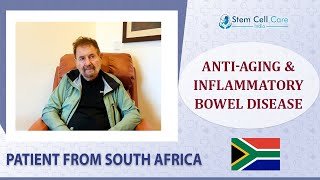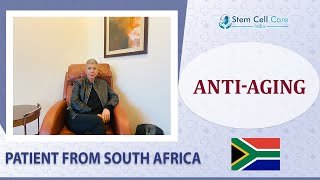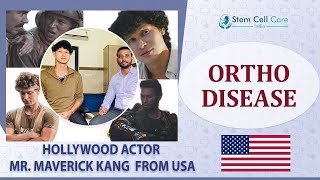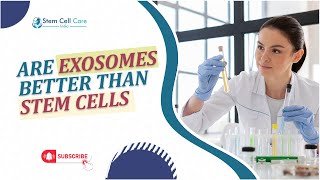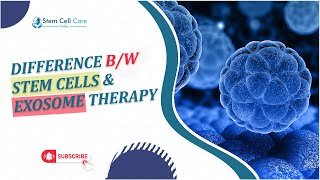Duke-NUS Medical School researchers have recently worked and developed stem cell therapy treatment for heart failure and it has shown promising results in preclinical trials. After the cells transplanted into an injured heart, they can easily repair damaged tissue and unlock the way to improve heart function. Dr Lynn Yap, assistant professor at Lee Kong Chian School of Medicine, Nanyang Technological University, Singapore and first author of the study said “As early as four weeks after the injection, there was rapid engraftment, which means the body is accepting the transplanted stem cells. We also observed the growth of new heart tissue and an increase in functional development, suggesting that our protocol has the potential to be developed into an effective and safe means for cell therapy.”
In the study of Duke-NUS, they have used a unique new protocol where pluripotent stem cells were cultivated in the laboratory for the purpose to grow into heart muscle precursor cells. These cardiomyocyte progenitors help in developing into various types of heart cells via cell differentiation in which dividing cells gain specialized functions. At the time of preclinical trials, the precursor cells were injected into the area of the heart that has been damaged by myocardial infarction, this enable them to grow into new heart muscle cells, restoring damaged tissue and improving heart function.
This research even conducted by other groups earlier and has failed to encourage- the transplantation of heart muscle cells that were already beating, bringing about fatal side effects, causing ventricular arrhythmia, a sequence of abnormal heartbeats that can limit or stop the heart from supplying blood to the body. Duke-NUS researcher’s only motive was to avoid this outcome and they transplanted non-beating heart cells into the damaged heart. After the process of transplantation, such cells expanded and acquired the rhythm of the rest of the heart.
By following this new procedure, the incidence of arrhythmia was cut by half. After they caught the conditions, there were many episodes that were temporarily resolved themselves on their own in around 30 days. Moreover, these transplanted cells did not trigger tumour formation. It is another prevalent concern when it comes to stem cell therapies.
Professor Karl Tryggvason from Duke-NUS’ CVMD Programme and is also the senior author of the study said, “Our technology brings us a step closer to offering a new treatment for heart failure patients, who would otherwise live with diseased hearts and have slim chances of recovery. It will also have a major impact in the field of regenerative cardiology, by offering a tried-and-tested protocol that can restore damaged heart muscles while reducing the risk of adverse side effects.” He is also the Tanoto Foundation Professor in Diabetes Research and currently leading other studies to adapt this regenerative medicine method for patients with diabetes problems, macular degeneration in the eyes and those needing skin grafts.
All these studies are a controllable, stable and reproducible method that can assist the right cells for transplantation using laminins. It exists in different forms and also it depends on the environment and will help in directing the development of specific tissue cell types. The stem cells were differentiated into heart muscle cells by growing them on the type of laminin found in abundance in the heart.
Associate Professor Enrico Petretto, co-author of the study and Director of the Centre for Computational Biology at Duke-NUS said, “To ensure patient safety, it is imperative that cell-based therapies show consistent efficacy and reproducible results. By extensive molecular and gene expression analyses, we demonstrated that our laminin-based protocol for generating functional cells to treat heart disease is highly reproducible.”
This technology has been licensed to Swedish biotech startup Alder Therapeutics earlier and the top goal is to promote the development of cell-based regenerative cardiology. By taking the support of laminin LN-221, it will be beneficial for the team to generate cardiomyocyte progenitors from human embryonic stem cells in 9 to 11 days and is also safer therapy for the regeneration of human heart muscle.


